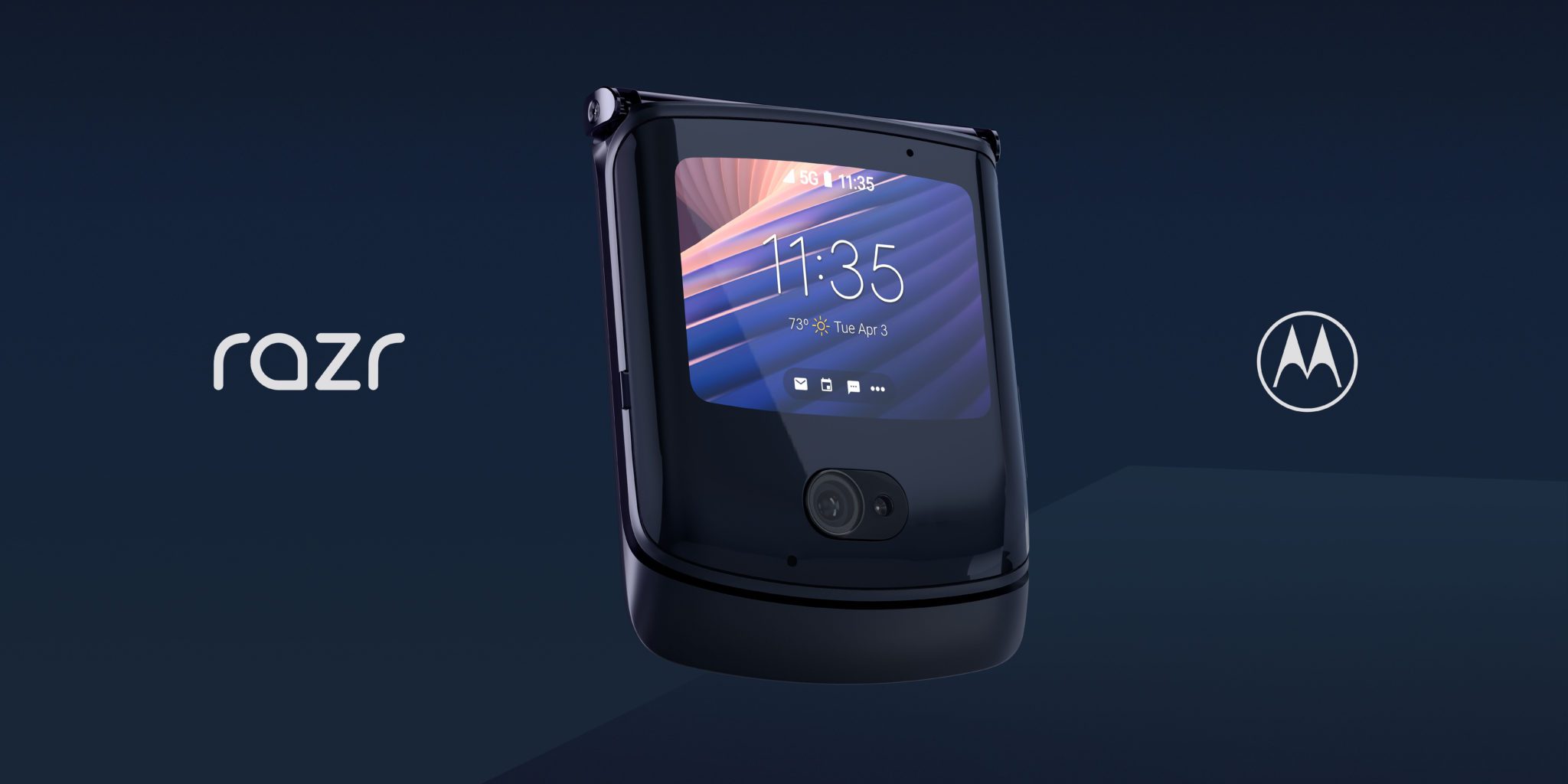Citrix WebHelper for Google chrome can work as invoked mode or Non-invoked mode to access XenApp/XenDesktop resource. The article describes configuration steps for Citrix WebHelper invoked mode. It is essential to have access to back-end application via NetScaler Gateway when Receiver Client Selective Trust (CST) feature is enabled. Citrix Workspace App Workspace app for Chrome Subscribe to RSS notifications of new downloads. Workspace app for Chrome. Sign In to access restricted downloads. The item you are trying to access is restricted and requires additional permissions!
Are secure, scalable, manageable, and cost-effective. The integration of Citrix, Chrome OS or CloudReady, and the Google Admin console (Figure 1) provides a seamless environment for both cloud and on-premises virtualized apps and desktops—delivering on the promise of access to any app, from any location. Citrix Workspace Google Cloud Platform. Workspace control will be disabled on Windows. Background To improve Chrome’s security and stability, Google announced late 2014 that NPAPI plugin support, a capability we have depended on for years, will be disabled by default in Chrome by April 2015.
Applicable Products
- Receiver for Mac
- Receiver for Windows
Symptoms or Error
The removal of NPAPI support will affect user experience for users who access Citrix Receiver for Web using the Chrome browser on Windows and Mac.
Users will be prompted to install Citrix Receiver every time they access the Receiver for web site.
Android assistant for mac. An ICA file will be saved when users try to launch an application or desktop. They will have to click the ICA file at the bottom of the browser to activate the launch.
Workspace control will be disabled on Windows.
Background
To improve Chrome’s security and stability, Google announced late 2014 that NPAPI plugin support, a capability we have depended on for years, will be disabled by default in Chrome by April 2015. NPAPI is a plugin that Receiver for Windows and Mac that enables Receiver for Web to detect if Receiver is installed. It also enables users to launch applications by simply clicking them.
Solution
While Citrix is actively working on new technology that will replace our dependency on NPAPI plugins, there are some workarounds that can be taken in the short term.
Use one of the following workarounds to fix the issue:
Workaround 1
Use a different Citrix Receiver supported web browser such as Internet Explorer, Mozilla Firefox, or Apple Safari to connect.
Citrix Workspace For Google Chrome
Workaround 2
Re-Enable NPAPI within the Chrome address bar
Re-Enable NPAPI
As stated here, NPAPI can still be enabled in Chrome by advanced users and enterprises after April 2015 when it is disabled by default. However, this will only work until September 2015 when Google Chrome will completely disable NPAPI.
Important Note - Consult the security specialist of your organization before change:
To re-enable the NPAPI plugin in Chrome:
- Type chrome://flags/#enable-npapi in your browser’s address bar.
- Click Enable.
- Quit Chrome (close all open windows) and restart the browser.
- Use Task Manager to verify there are no running Chrome.exe processes listed. If there are any still running end those tasks before logging on.
- Go back to your website and logon. The applications should now launch normally.
Customize Receiver for Web
If you do not want to or cannot disable Chrome auto update or re-enable NPAPI Plugin, you can do a number of customization to Receiver for Web to reduce the disruption.
Note: All the customization code in this article is applicable to StoreFront 2.6.
Disable client download prompt for Chrome
Google sketchup 6 for mac. If you insert the following code into custom.script.js in the contrib folder under the Receiver for Web site, Chrome users will never be prompted to install Citrix Receiver:
Provide a permanent link for downloading Receiver in Chrome
The preceding code snippet helps you disable the Receiver install prompt for Chrome. However, you might still want your users to be able to download and install Receiver if needed. Apply the following code snippet in custom.script.js will add a link to the user menu to download Receiver for Chrome browser:
You have to also add the following strings to custom.wrstrings.en.js and a localized version for every language you need to support to custom.wrstrings.<language>.js:
The resultant UI looks similar to the following:
Enable Workspace Control For Chrome On Windows
Workspace control is disabled on Windows if Receiver for Web cannot detect whether the browser is running in an ICA session (pass-through mode). This is to avoid disconnecting the session running the browser itself. If you can ensure that this never happens, that is, Chrome is never used in the double-hop deployment to access applications/desktops in the second-hop sharing the same XenApp/XenDesktop farms/sites, you can apply the following code snippet to custom.script.js in the contrib
contrib 
Citrix Workspace App For Chrome
folder under the Receiver for Web site to enable workspace control for Chrome.Enable Chrome To Open ICA file Automatically
After the ICA file is saved, users can open the action menu for the ICA file at the bottom of the browser and select Always open files of this type. After that, launch will be automatically activated when the user clicks an application/desktop icon to launch.Disclaimer
Seeing users with 1-5 GB of cache and thousands of files in the following folder UPM_ProfileAppDataRoamingMicrosoftWindowsWebCacheGoogleChromeUser DataDefaultCache
Any idea why this is happening ? i thought Chrome Writes the cache to Appdatalocalgooglechromeuser datadefaultcache ?
Below is following UPM exclusions i have configured for Chrome
